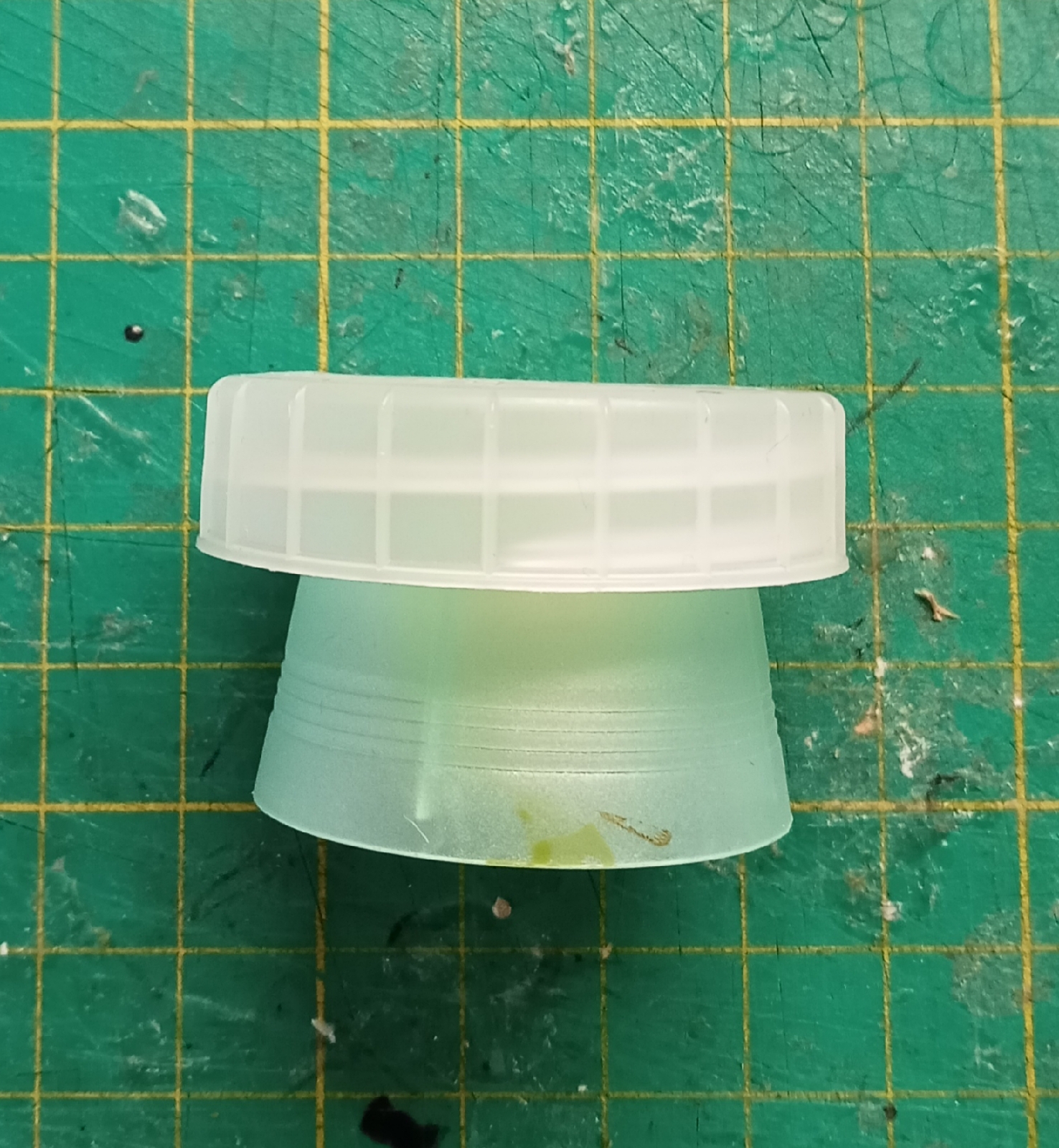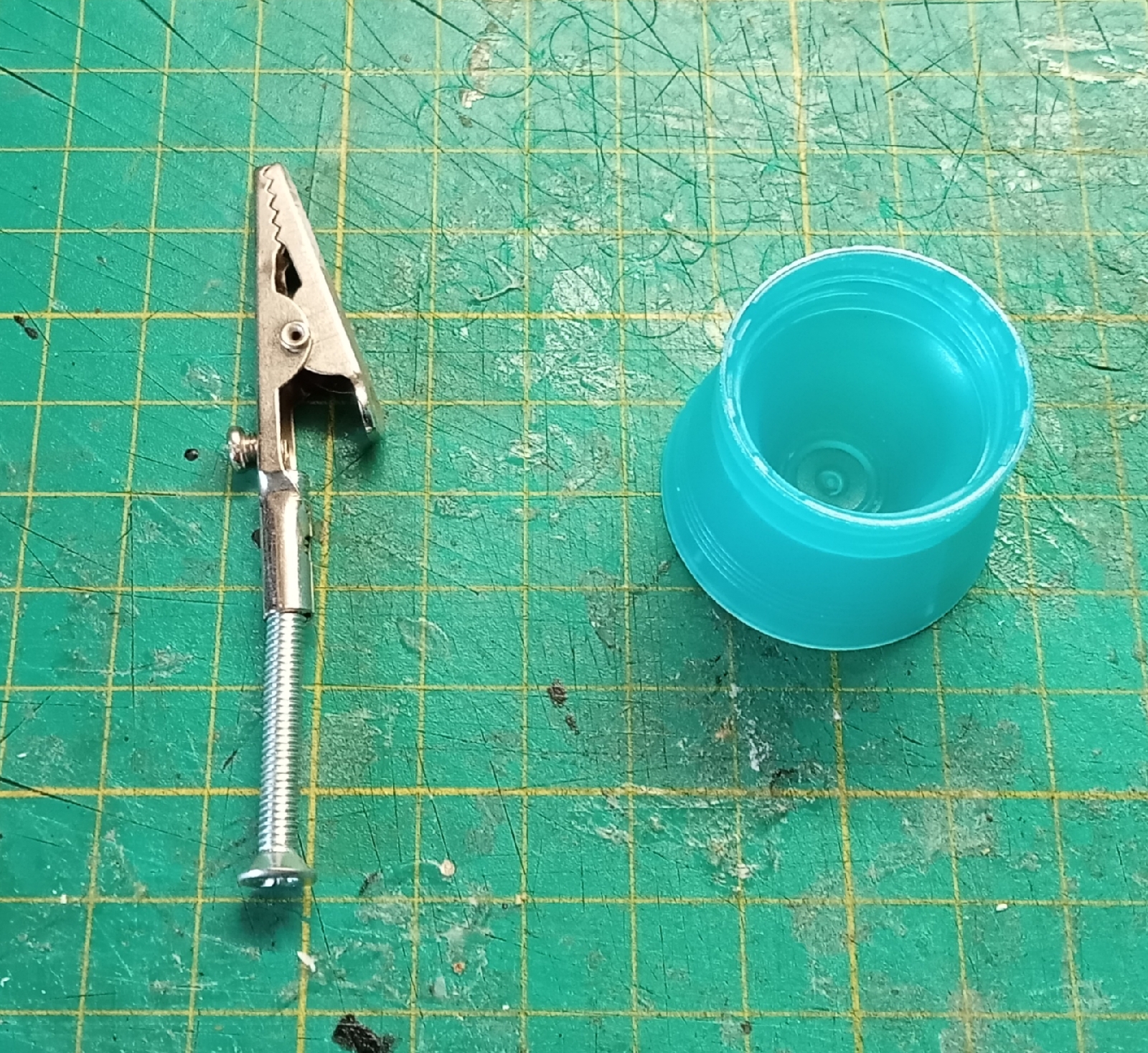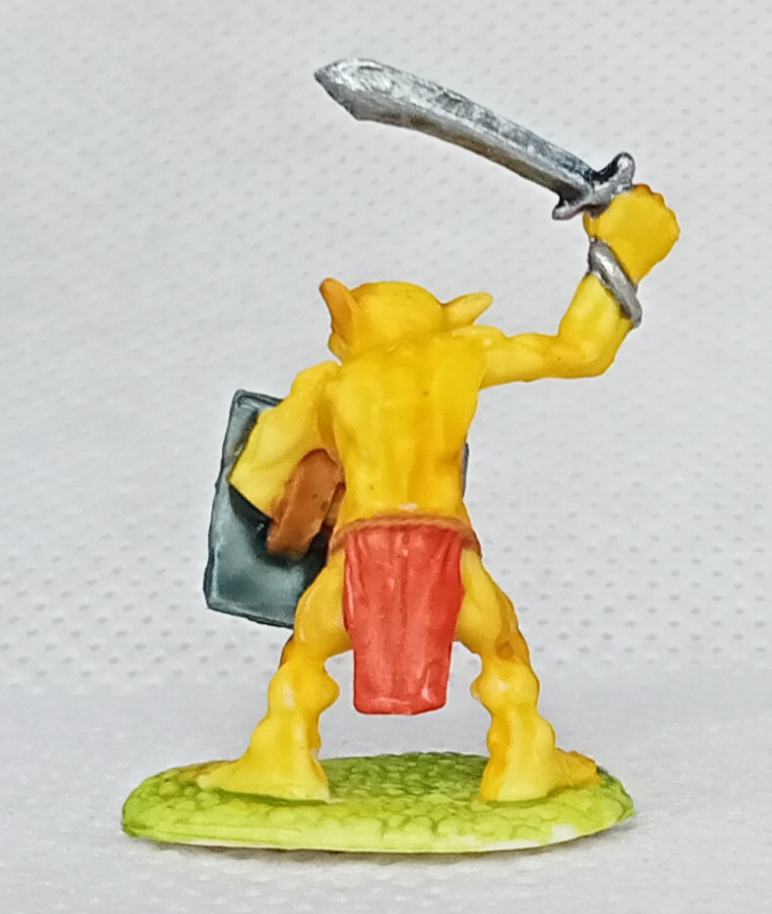I've had the chance to read through the next couple of issues of Adventurer magazine. You can see my thoughts on
issue one here and
issue two here.
This time I'll give a briefer overview and try to share my thoughts as to the suitability, or not, of the part-work.
As I've done previously, I'll cover the adventures at the end, so you can avoid spoilers.
Both issues use the familiar artwork with different spot colour. I wonder if they'll change this when we get to the second adventure?
Sage advice covers Conditions and Spell casting times and range.
We're starting to get more detail on spellcasting now, useful as the Character Creation sections look at clerics and wizards.
Character Creation covers Skills, Elves, Halflings and Dwarves, so we have general information for all the pre-gens races. There are introductions to wizards and clerics, much like the rogue stuff in issue two.
As with rogues last time, a page of rough background before we start to look at actual class details and features.
Lore gives an overview of the Sword Coast and the start of two new sub sections; Factions, introducing the Red Wizards of Thay and the Zhentarim, and Monsters, looking at Vampires.
Unsurprisingly, they are filling in the Forgotten Realms world here. Given the importance of Phandalin in the first adventure (or series of Encounters) I'd have liked to see more on that region, the town especially. I should note that the Encounters (see below - or not if you even intend to play in them) use information from the Lore section as background.
The 'Freebies'
Issue three includes 'flats' of the four pre-gens. These are very nice, sturdy and clearly printed.
As I said previously, if these had been around when I started playing D&D I'd have been building up a collection, but by now I'm too much of a minis addict to quite now. I have, in fact, used card 'flats' before. For adventures where I couldn't find anything quite matching the monster I was looking for, or for large numbers of minion types. One Monk is a great source (among others) of these. Issue four includes a big d20 and a pouch to hold it in. While not essential, it's nice to have. I keep mine ready for secret rolls when I'm running online games.
The cheapest big die I could find on Amazon was around £8, so I guess this pretty much covers the cost of the magazine?
Summary
The part-work is starting to build up some useful information, but there's still a long way to go before it's even close to products such as the Starter Set or the Essentials Set. There's a nice match up with the lore and the adventures, both encounters feature factions covered in the new Lore sections.
There are several examples of incomplete information. For example, two of the conditions are missing, though they are mentioned as being covered later. I appreciate that space is an issue, but I feel there are plenty of instances of inessential artwork which could have been omitted or reduced in size to give more room for text. Rather than keep all the definitions together, they will be spread throughout the part work.
On a related note, the DMs Tips are generally very useful, but the presentation is space wasteful.
If you want more information about where the magazine is heading, check
Fauxhammer's articles which mostly cover the freebies (mostly dice sets apparently), and
Hachette's website, which gives a brief rundown of the contents of the next few issues. This last is very useful for working out how the series is likely to progress, for instance, they will be levelling up the pre-gens, and introducing a new one, a gnome bard, all before issue 10.
And finally, the Encounters
The magazine refers to each issues six sides of Adventure content as an Encounter, but they often cover multiple locations with different groups of creatures. They remind me in scale of some of the encounters in the Essentials set adventure Dragon of Icefire Peak. I suppose Encounter has now replaced what I would call a scenario.
The Tower of Iron Will is billed as a mystery. There is a necessary combat, but the players will have to work out what has happened in the tower in order to succeed. I really like the concept and I'm certainly stealing this, with some changes, for my campaign.
Unfortunately, there are some issues with the clues, and there are aspects of the mystery that didn't, to me, quite make sense. It won't take much to knock it into a workable scenario though, especially by giving more options and reducing the linearity. There's also another mistake in the map numbering, but reading the text should make this obvious.
Daylight Robbery is more an extended encounter, though with the potential for expansion to something a bit meatier. Unlike the Tower, I found it very linear. There are few meaningful choices for the players (apart, perhaps from the 'open the box or take the money' choice). It also features an ambush, which I'm not keen on, but that's just a personal opinion.
Both 'Encounters' use milestone XP, or I assume they do, as there is no mention of XP. I believe that the pre-gens will level up to second level by about issue seven. As an exercise I tried calculating the XP available. Issue 1 gives 155, issue 2 gives 240XP, issue 3 gives 1300XP. Issue 4 is hard to calculate, as the Boss Monster is a lower level variant of a D&D classic, so I'm not sure, though I'd guess she's about Challenge 3 or 4?
This is assuming no additional XP granted for completing a mission, though monetary rewards are given. By my reckoning the characters are second level by the end of issue three. However, this would require more information for both players and DM to handle, which won't be available for some weeks yet.
The adventurers will also have amassed some treasure by now, but the only thing given a price so far is copying spells into spell books, and the Encounters haven't yet included any extra spells for this purpose. It would be trivially easy to include Shezayda's spell book in the Tower of Iron Will.
I do like the adventures. They are more than just a series of combats, and, as such, are a good guide to new DMs designing their own encounters. I would like to see more background and detail of Phandalin to help the players become more involved with the town and it's inhabitants. Four NPCs from the town have been mentioned, but with little more than a name and gender. Again, space issues may be the reason, but see my comments above. My main complaints are lack of detail, though again, encouraging the DM to improvise is great, although few actual guidelines have been given, and the linear nature of some of the Encounters.















